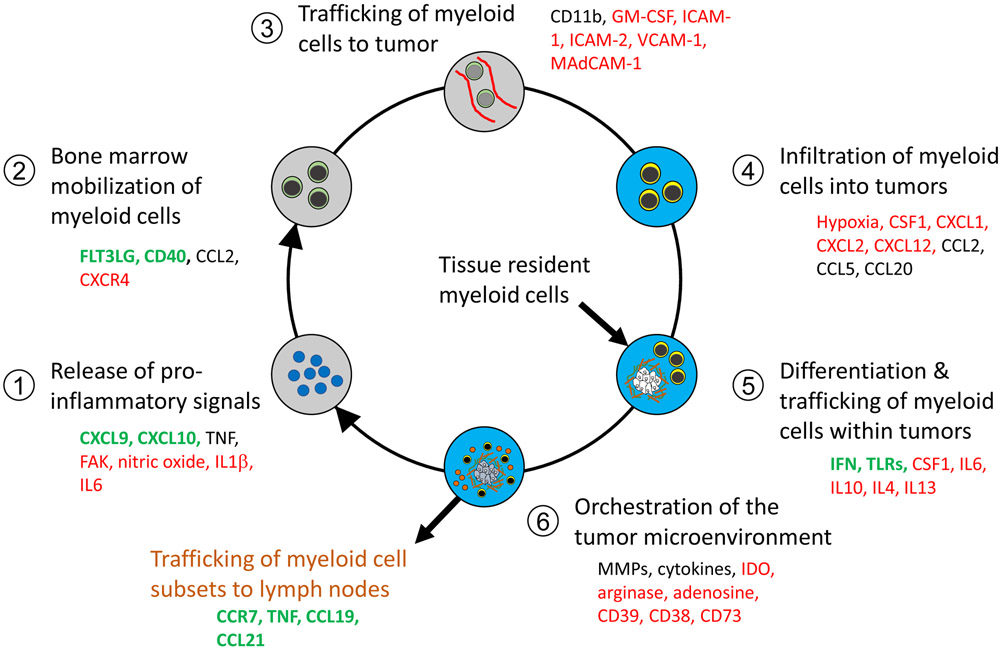Figure 3. Regulatory factors that shape the Cancer-Inflammation Cycle.
Each step of the Cancer-Inflammation Cycle is coordinated by an array of factors. Factors shown in green may stimulate anti-tumor immunity, whereas factors shown in red engage an inflammatory response that more commonly suppresses anti-tumor immunity. Factors that are in black may support either the stimulation or suppression of anti-tumor immunity. Together, these factors contribute to the inflammatory contexture of cancer and establish an inflammatory rheostat (“inflammostat”). In addition, these factors identify potential therapeutic targets that may be derailed to disrupt the Cancer-Inflammation Cycle as a strategy to disengage the pro-tumorigenic potential of inflammation and redirect the inflammatory response with immunostimulatory properties. Abbreviations: CSF1, colony stimulating factor 1; IL, interleukin; CXCL/CCL, chemokine motif ligands; FAK, focal adhesion kinase; FLT3Lg, Fms related tyrosine kinase 3 ligand; ICAM, intracellular adhesion molecule; IDO, indoleamine 2,3-dioxgenase; IFN, interferon; MAdCAM-1, mucosal addressin cell adhesion molecule 1; MMP, matrix metalloproteinase; TLR, toll like receptor; TNF, tumor necrosis factor; VCAM, vascular cell adhesion molecule.

